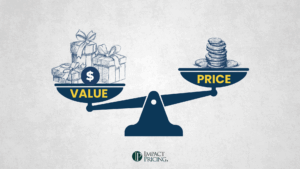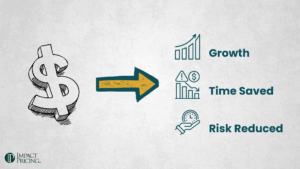Many very successful companies have been pricing by the “credit.” A credit is a metric they made up. It’s usually some representation of the amount of processing power used. These firms include AWS, Snowflake, Splunk, Databricks, and many many more. Despite the success of these companies, I think this is a bad idea (except possibly for AWS).
These credits are their pricing metric. It’s what they charge for. A great pricing metric is simple to understand, predictable, and correlates with how buyers receive value. Credits only meet one of these 3 criteria, somewhat.
Buyers who use more credits do so because they are using more processing power. It makes sense that as buyers need to do more of something they are getting more value. Hence, credits are at least somewhat correlated with customer value. But this completely ignores differences in value across customers. What if two customers get vastly different value but use the same amount of credits? That’s an indication there might be a better pricing metric to use.
Credits are confusing. They are not easy to understand. It is very hard for a buyer to figure out how much it will cost them to do something unless they have done it several times before. And credits are unpredictable. I’ve talked with customers of some of these companies and a common complaint is that they don’t know how much their users will use. They don’t know what next month’s charges will be. Usage fluctuates (usually going up) and their finance departments can’t budget effectively.
So why do these companies use credits? It’s simple. They are doing cost-plus pricing. They have structured their pricing model around their cost of processing plus a margin. This makes sense if you’re in finance and want to make sure you don’t lose money on any single customer, but it does not make sense in the world of value-based pricing. Yet, figuring out value is hard. It’s so much easier to use cost-plus, even though it’s hard for their customers.
It’s risky to say something that some very successful companies use isn’t optimal. But here is what I truly believe. If each of these companies had a competitor who found a pricing metric that was correlated with the value buyer receive, and simple to understand and predict, that competitor would likely win a decent portion of new customers. As they grew to be recognized as good, that company would win a majority of new customers. They probably wouldn’t steal competitors’ customers because it’s often hard to get a customer to switch once they get something working.
It’s possible that these companies couldn’t come up with a pricing metric that meets the three criteria described above. Maybe credits was the best pricing metric they could conceive. However, just because it worked for them, doesn’t mean it will work for you. Think hard about your pricing metric.
It’s not a good idea to use a pricing metric your customers don’t like when one they like is available.















